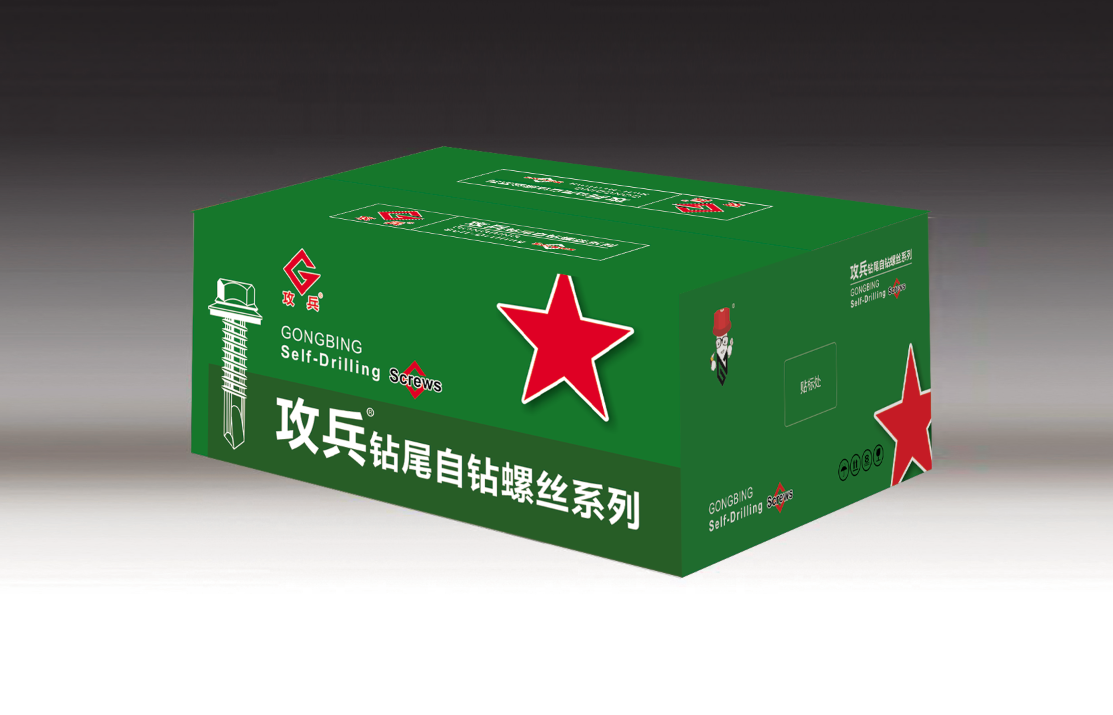Understanding Chemical Fixation for Secure Anchor Bolt Installations in Construction Projects
Understanding Chemical Fix Anchor Bolts
Chemical fix anchor bolts are essential components in construction and engineering projects, providing robust and reliable connections between structural elements and various substrates. Unlike traditional mechanical anchors, which rely on physical interlocking, chemical fix anchors utilize a bonding agent, often in the form of a two-part epoxy or resin, to secure the bolt into a drilled hole. This technology allows for superior load capabilities, shear resistance, and overall performance in a wide range of applications.
One of the principal advantages of chemical fix anchor bolts is their versatility. They can be employed in various materials, including concrete, brick, and masonry. The ability to adhere effectively to different substrates makes them ideal for projects with specific requirements, such as heavy-duty machinery installations, structural reinforcements, and seismic applications. Additionally, chemical anchors can be used in wet or challenging environments, where traditional anchors might fail due to moisture or substrate degradation.
The installation process for chemical fix anchor bolts is relatively straightforward but requires precision and adherence to best practices. First, a hole is drilled into the substrate, and it is crucial that this hole is clean and free from dust or debris to ensure the adhesive bonds appropriately. Following the drilling process, the chemical resin is injected into the hole, and the anchor bolt is inserted while the resin is still in its workability phase. This allows the resin to fill any gaps and form a solid bond as it cures.
chemical fix anchor bolts

Curing times for chemical fix anchors can vary based on the specific product and environmental conditions. It is common for manufacturers to provide guidelines for both handling and ultimate load capacities, and these should be strictly followed to avoid compromising the integrity of the installation. After proper curing, chemical anchor bolts can achieve significantly higher tensile and shear strengths compared to traditional mechanical fasteners.
Moreover, the long-term performance of chemical fix anchor bolts makes them an exciting choice for modern infrastructure. The chemical bonds formed upon curing are generally more resistant to corrosion, temperature extremes, and environmental effects, thereby enhancing the longevity of the connection.
In addition to their technical advantages, chemical fix anchor bolts can also lead to cost savings in certain applications. The reduction in necessary drilling depth and the ability to use smaller-diameter bolts for the same load requirements can lower material costs and installation time.
In conclusion, chemical fix anchor bolts represent a significant advancement in anchoring technology, combining strength, versatility, and durability. As construction and engineering projects increasingly demand reliable and efficient solutions, these innovative anchors are likely to play an essential role in future developments, contributing to safer and more sustainable structural designs. Whether for new constructions or retrofitting existing structures, chemical fix anchor bolts are an investment in quality and performance.
-
Weatherproof Plastic Expansion Anchors for OutdoorNewsJun.06,2025
-
Sustainability in the Supply Chain: Eco-Friendly TEK Screws ProductionNewsJun.06,2025
-
Load-Bearing Capacity of External Insulation FixingsNewsJun.06,2025
-
Double Head Bolts: Enhancing Efficiency in Industrial MachineryNewsJun.06,2025
-
Corrosion Resistance in Chipboard Screws: Coatings for Wholesale DurabilityNewsJun.06,2025
-
Butterfly Toggle Bolts : Enhancing Structural ResilienceNewsJun.06,2025
